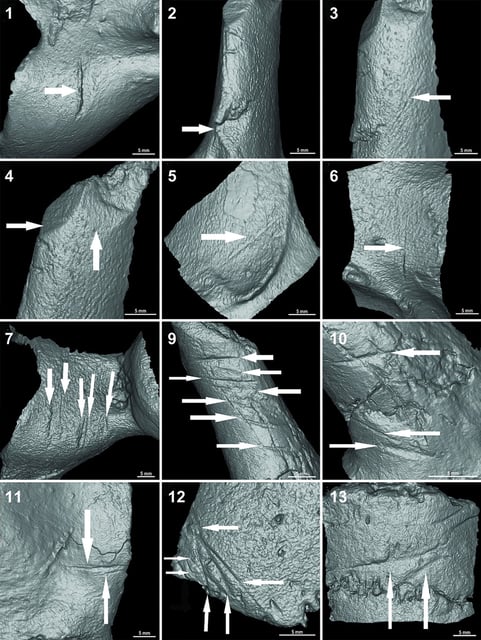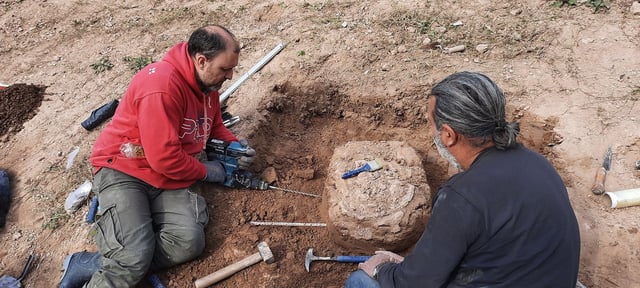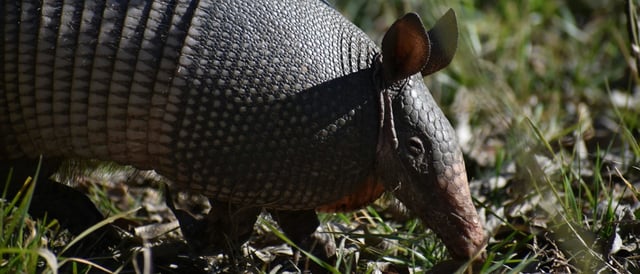Overview
- Researchers discovered butchered glyptodont bones near the Reconquista River in Argentina.
- The cut marks on the fossils indicate the use of stone tools by ancient humans.
- Radiocarbon dating places these fossils at around 21,000 years old, predating other known evidence by 6,000 years.
- This discovery challenges the traditional timeline of human migration into the Americas.
- Further excavation and analysis are needed to confirm these findings and explore their implications.



